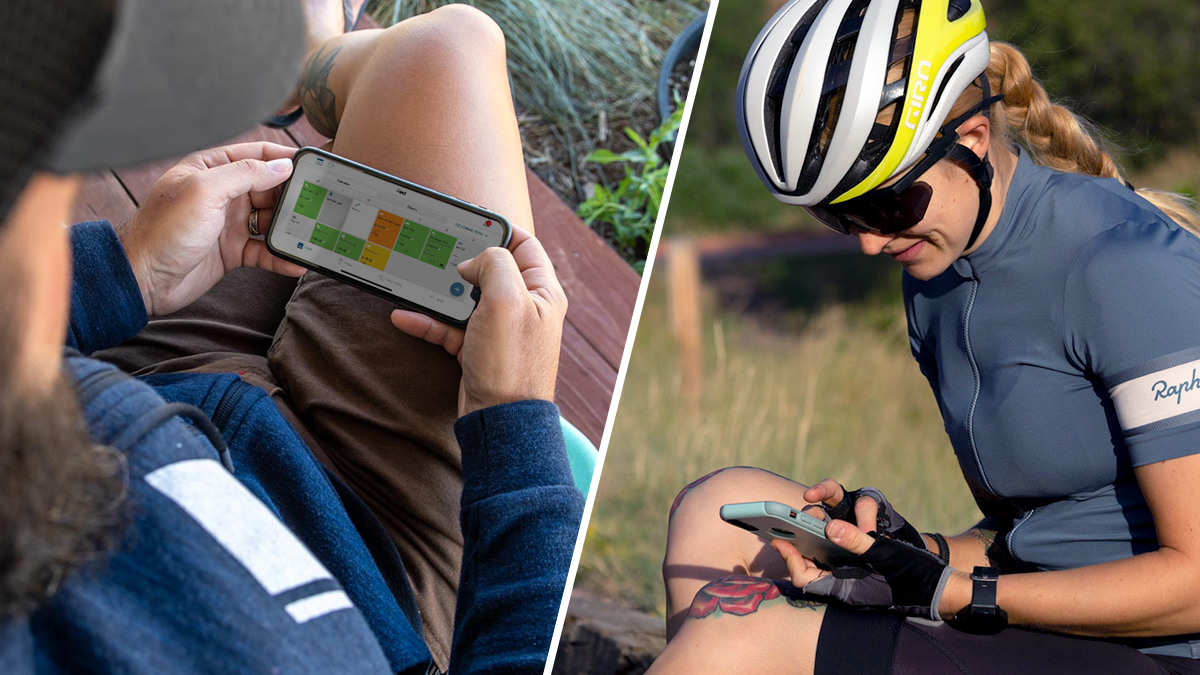The coach-athlete relationship foundationally relies on clearly setting (and hopefully achieving!) goals relevant to the athletes’ larger aspirations. This process always starts with creating a well-periodized training plan. One strategy that works to further cement one’s dedication to a training plan is the establishment of micro-goals. These goals hone the athlete’s focus on specific areas as they progress through the training plan. In this article, we’re going to explore how the coach and athlete may use micro-goals to benefit the athlete’s growth and how TrainingPeaks can help facilitate the process. In order to make coach-athlete communication even more seamless, you can now access and add new goals on your mobile device.
Goal Categories
There are a plethora of possible micro-goals you and your athletes may use. Selecting proper goals is entirely dependent on where your specific athlete is on their athletic journey. Remember, you and your athlete can get creative as micro-goals don’t have to be the same, season after season. Here are a few categories micro-goals may fall into:
- Nutrition and Hydration
- Race Day Preparation
- Skill Building
- Sleep Quality
- Stress Management
- Confidence Building
- Power Training
- Heart Rate Training
- Strength & Conditioning
- Injury Prevention
Let’s explore the experience of a struggling athlete and how micro-goals may be used to help them work through their challenges.
Case Study
Imagine a master’s athlete competing at the elite level in long-distance mountain bike racing. This athlete competed in road cycling when they were younger however, they recently found they now enjoy the variety of terrain and skill-development mountain biking presents. Thanks to their passion and previous athletic background, they quickly jumped up the ranks. However, for a myriad of factors such as age, a lack of mountain bike experience, and the athlete’s preference for long events, they often sleep poorly the night before and are unable to digest food after 8+ hours of racing. These challenges make the athlete feel unwell, stressed and unable to achieve their best.
Through an in-depth conversation with their coach, they identified the following areas contributing to the issues:
- Confidence
- Stress
- GI Distress
This is where the Goals feature in TrainingPeaks shines as a strategic and beneficial tool for both the coach and athlete. The Goals feature allows the coach to create clarity around particular tasks the athlete has agreed to work on throughout their training plan. Goals can be placed on any particular day, just like a workout, however, they foster accountability because they allow the athlete to mark the goal off as completed. This notifies their coach so they too can keep tabs on the athlete’s progress.
A confidence-oriented micro-goal could include having the athlete practice course visualization for an upcoming workout for the first 10 minutes during their warm-up. A stress-related micro-goal could consist of practicing a deep breathing technique before executing an FTP test. And lastly, an example of a GI Distress micro-goal could include tabulating training-induced gut problems in a nutrition journal.
If you want to take the accountability to another level, both the coach and athlete can use the Notes feature to document changes and observations. Notes can also be used at the end of the year to document important takeaways.
Recap
The Goals and Notes features in TrainingPeaks when used together can turn micro-goals into big changes. These may consist of improved race performance, upgraded athlete self-image or perhaps a strengthened coach-athlete relationship. In order to make coach-athlete communication even more seamless, you can now access and add new goals on your mobile device. To wrap up, here are a few key points to remember when using Goals and Notes:
- Always start with an open discussion with the athlete on how micro-goals may benefit them and the role they’ll hold in their training. Ie. Marking them as completed.
- Always keep the micro-goals simple. Remember, these are micro, so they should be easy to track and remember.
- Always reconnect with the athlete and document to review any observations that may be useful in the future.


